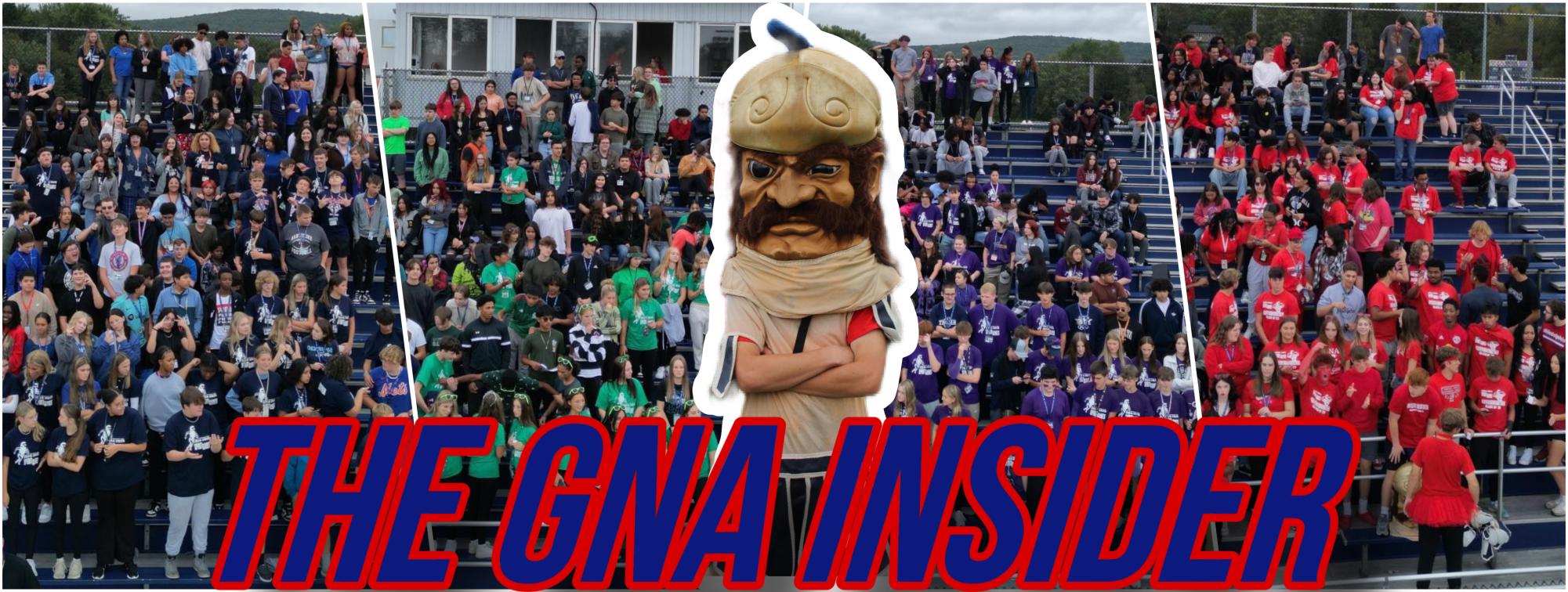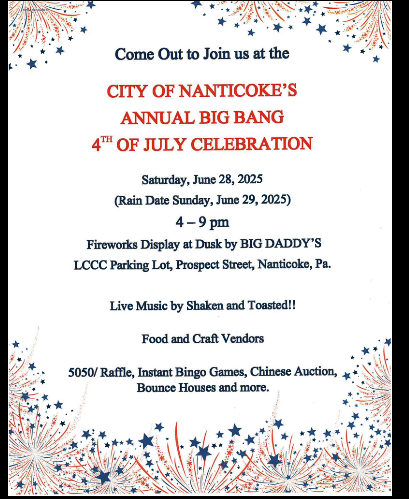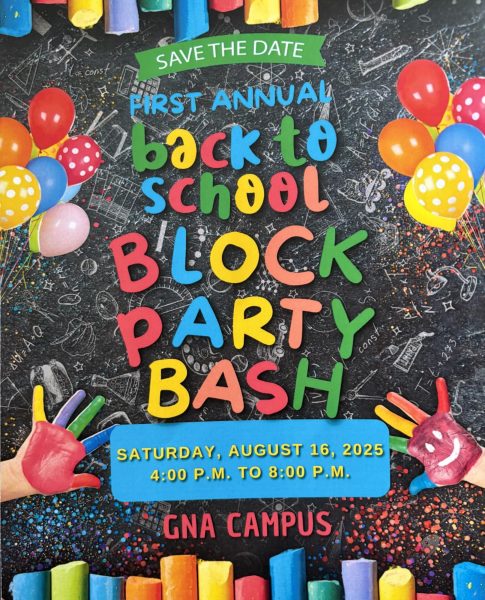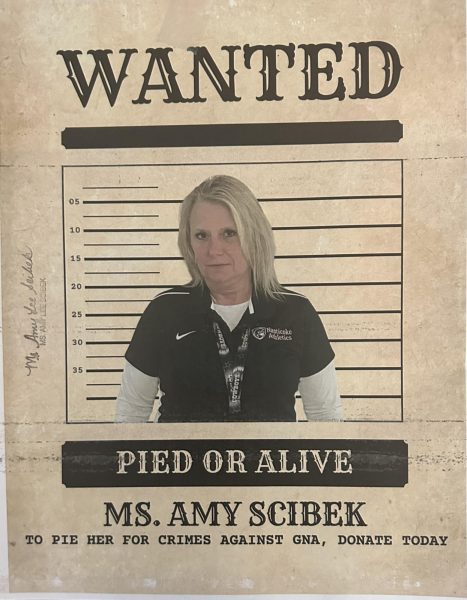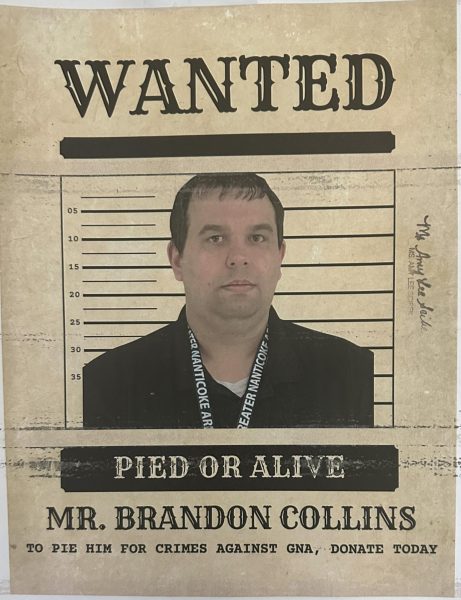The history of us
Many of us are at a time in our lives where we can’t help but look toward the future; however, it is vitally important for us to remain cognizant of the past. The past has such a large impact on our lives; it is a part of who we are as students and as individuals. Every student who walks through GNA’s halls should know the answer to these questions: Who lived here prior to us? Who were the Nanticoke Indians? How did our city commence? What is the history of our school? Could a GNA student really go from elementary school to college on Kosciuszko Street?
When growing up in a small community, it’s nearly impossible for it to not become a part of you. By knowing the past, by being in touch with the present, and by preparing for the future, it allows us to have a much deeper appreciation for who we are and where we are going.
The Nanticoke Indians
Like many other areas on the east coast, Nanticoke was once inhabited by a tribe of Native Americans called Kuskarawaoks, or, as we know them, “The Nanticoke Indians.” However, before they were relocated here around 1750, they resided along the river banks in Maryland and Delaware. The first contact this tribe had with Europeans was in 1608 when John Smith and his men sailed down the Kuskarawaok River while exploring Chesapeake Bay. They anchored on the river for the night and woke to find members of the tribe on the shore with baskets of food, symbolizing peace. In response, they fired their guns over their heads, causing everyone to flee into the trees. They made peace later on upon finding gifts left for them once they reached the shore (Nanticoke Indian Association).
The word “Nanticoke” in Algonquian roughly translates to “people of the tidewaters.” Although we predominantly know them as the “Nanticoke Indians,” their actual name was the Nentego Indians. When the Europeans arrived, they first mispronounced Nentego as, “Nantico,” and then finally as, “Nanticoke.” There were roughly about 200 warriors along with their families that made up the Nanticoke’s population. They were avid farmers, scavengers, and hunters. They cooked their food over open fires, or made it into stew using clay pots. The Nanticoke lived in “dome shaped homes” that are known as wigwams; the framework was constructed out of twigs and branches entwined together, and covered in sheets of bark from nearby trees. The center of the wigwam had a fire hearth which provided warmth, and a hole in the roof to allow the smoke to escape. Their apparel consisted of animal furs, moccasins, and jewelry made from shells and quills. They’ve been moved from this area since then, but 500 members of the Nanticoke still exist in Sussex County. Although they’re no longer here, many people still find reminders of their presence here in Nanticoke, such as arrow heads and other artifacts.
The Beginning of Nanticoke
Our city began writing its history during the 1770’s. Our first school building was opened in 1774 by our first teacher, William McKarrichin who later went on to fight and die courageously in the Battle of Wyoming, which later became known as the Wyoming Massacre due to the number of casualties. In the year 1830, Nanticoke was declared as a village. It kept this title until January 31, 1874, when the Pennsylvania state legislature declared Nanticoke a borough. Fast-forwarding a few years, Nanticoke finally begins to resemble the city we know today, which was officially founded in 1894. It was forged out of Hanover and Newport Township, with Hanover Street acting as the divider. Nanticoke was given its name after the Native American tribe that settled here around the year 1750; there’s a historical marker in front of the Mill Memorial Library which states, “Named for Nanticoke Indians from Maryland, who settled here about 1750. Adopted in 1753 by the Six Nations, they settled at Chenango, near Binghamton, to guard the ‘Southern Door’ of the Confederacy.”
The first police department was established in 1892, and the cruiser was given the nickname, “Black Maria.” The town hall / municipal building was not originally located on Ridge Street as it is now, but in 1896, it could be found on the corner of Broad and Walnut. Also, the street that our school is located on hasn’t always been called Kosciuszko Street; before the year 1896, it was officially referred to as “Mill Lane.” Another street that was given a new name was Cemetery Street, or, as we know it, Washington Street. Unlike now, there was a surplus of schools in our town which most children would be able to easily walk to; in 1899, it was ordered that “plank sidewalks” be put in place so children could make it to school in muddy or snowy weather. 17 years down the road, people were obligated to pay Boro employees to lay down paved sidewalks along the entirety of the town (Nanticoke Historical Society).
Kindergarten Through College
As many of us know, the majority of our schools are located in a cluster on Kosciuszko Street, excluding K.M. Smith, which can be found a couple miles west of our campus. However, that wasn’t always the case. At one point in time, Nanticoke was one of the few places in America where a student could complete their entire academic career on the same street. They would begin their journey in kindergarten, and eventually make their way to their senior year of high school. Then, after they received their diploma, they were able to take a short drive down the road to Luzerne County Community College to obtain their associates degree. One short drive down Kosciuszko Street has the potential to bring out over 15 years of memories for those students who ultimately grew up there.
Surplus of Schools
Many of our students are unaware that our town consisted of over 10 schools, not including the one’s that we attend today. They were scattered all throughout the town, since most students back then had to walk to school. For those of us who have grandparents who’ve lived in Nanticoke all their lives, the majority of them can recall attending many of the schools.


